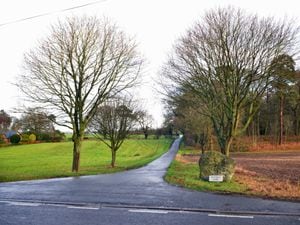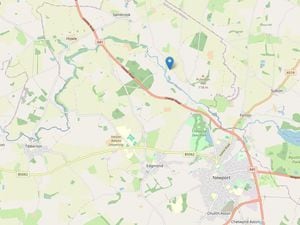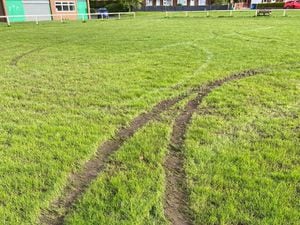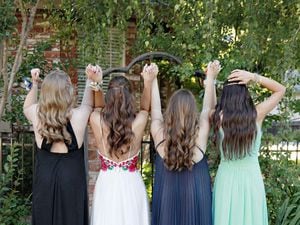Newport photographer focusses lens on underwater creatures
Mysterious neon-coloured creatures of the deep are being put under the lens by a photographer from Newport.
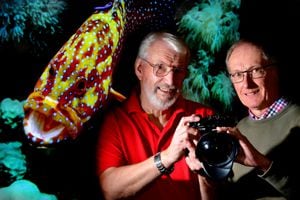
David Dale is travelling the world in pursuit of beautiful pictures as part of his interest in underwater photography.
On Tuesday, the 66-year-old semi-retired teacher shared his experiences with members of Shropshire Wildlife Trust.
About 30 people turned up for the talk, asking questions about age barriers, cost and training.
"As long as you've got basic health, you can have a go at it," David said. "It's surprising how many people can do it.
"There was a very good turnout for the talk. A lot of positive comments are coming back as well."
David had long had an interest in underwater photography. He was impressed by the work of other photographers at Newport Photographic Club.
But it was only when his wife won a diving lesson for two in a promise auction that he decided to take the plunge.
Now he has taken the hobby to the next level, and this year has plans to travel to India, the Maldives and Lanzarote.
"Quite a few people were at the Shropshire Wildlife Trust meeting saying they thought it was incredible expensive," he said. "You can spend a fortune, but you can still do it quite cheaply. You can learn to dive quite cheaply. Most diving places let you rent the gear and it's not exuberant prices. They do it for the love of diving, to keep the dive fraternity going. Nobody is making their first million teaching diving.
"Age is no limit either. When I was in Egypt, I met an Irish lady in her late 80s or early 90s, she'd done 9000 dives."
Taking photographs underwater is easier than it might first appear. Those with waterproof cameras only have to worry about the same issues they do on dry land – making sure enough light gets into the camera to successfully get the shot.
But as you dive deeper, the colour of light begins to change, drowning out reds and oranges with a murky blue.
David said the challenge was putting those colours back into the photograph.
"The tricky part is the colour of the light below the water is wrong," he said. "At above ground at midday you get white light. If you're indoors the colour temperature of the light sauce is different. It changes the colours of your photograph. We see that and recognise it.
"Underwater you lose different colours at different depths. At 10 metres you lose some of the oranges and yellows. At 40 metres you'll lose even the green. All you're left with is blue.
"You can adjust the white balance on the camera, but as you change depth you have to changing the white balance.
"When you bring the counterbalance, you get these fantastic vibrant pictures, especially when you put the red back. There's a lot of red in fish. You need to put that colour back in. You get some fantastic pictures, particularly somewhere like Egypt."
The major stumbling block for many of those interested in underwater photography is learning to dive.
David said: "The key thing is you've got to get enough experience at diving to be able to do it.
"I'm an inexperienced diver. I'm still developing, but that doesn't stop you going places where it's relatively safe to dive. You pick your places where you can dive and have an incredible experience. It's never without risk, but you try to minimise it. There are lots of places you can go, take a camera, and there are things to take picture of.
"A lot of the stuff I do is down to the people who taught me to dive. They're a local dive club,. ScubaTeks They're the people that have shown me all the bits and pieces, and I'm still learning from them."

